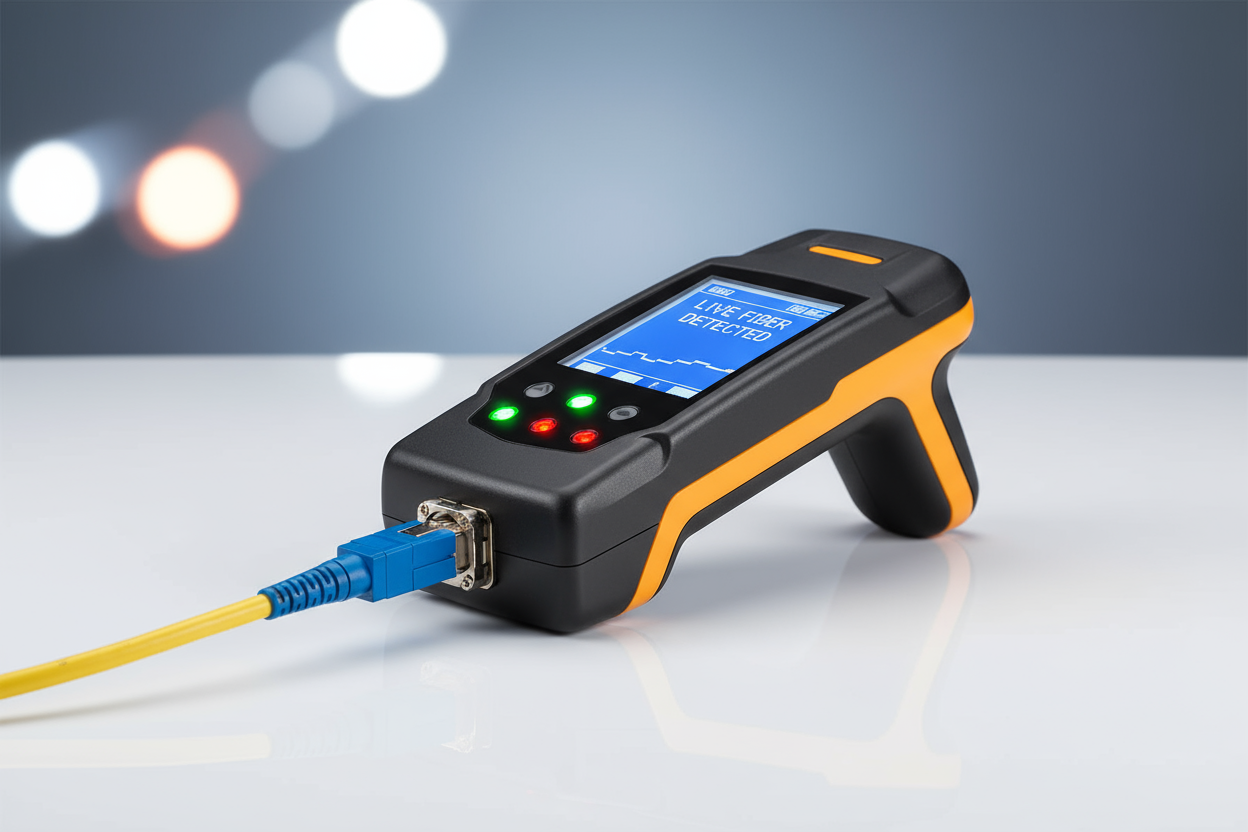Article: How to Choose the Right Patient Monitor for Your Facility

How to Choose the Right Patient Monitor for Your Facility
Whether you’re equipping a hospital ward, setting up a private clinic, or expanding a research lab, choosing the right patient monitor is one of the most important decisions for ensuring reliable patient care. Patient monitors provide continuous insight into vital signs such as heart rate, oxygen saturation, blood pressure, and respiratory rate — critical data for diagnosis, observation, and emergency response.
However, not all monitors are created equal. The right choice depends on your facility type, patient needs, and intended application. In this guide, we’ll help you understand what to look for when selecting a patient monitoring system and introduce some essential categories available at TT Instruments.
Understanding the Role of a Patient Monitor
A patient monitor is a medical device that continuously measures and displays a patient’s physiological parameters. Modern monitors combine multiple sensors and modules in a single unit, offering real-time data tracking and alerts for any abnormalities.
Common parameters include:
-
ECG (Electrocardiogram): Tracks heart activity.
-
SpO₂ (Oxygen Saturation): Measures blood oxygen levels.
-
NIBP (Non-invasive Blood Pressure): Provides periodic blood pressure readings.
-
RESP (Respiration Rate): Monitors breathing patterns.
-
Temperature: Detects changes in body temperature over time.
For specialized environments, additional features like CO₂ monitoring, invasive blood pressure (IBP), and cardiac output measurement may also be required.
Types of Patient Monitors
Depending on where and how they’re used, patient monitors fall into a few main categories:
1. Bedside Monitors
Common in hospitals and ICUs, these provide continuous, multi-parameter monitoring. They often include touchscreen displays, built-in data storage, and networking capabilities for integration with central monitoring systems.
2. Portable or Transport Monitors
Designed for mobility, these units are ideal for patient transfers between departments or for use in emergency and ambulance settings. Despite their compact size, they often deliver the same core monitoring functions as larger systems.
3. Multiparameter Monitors
Versatile systems used in clinics, labs, and surgical environments. They combine ECG, SpO₂, and blood pressure monitoring in one device, making them a cost-effective option for facilities that require flexibility.
4. Specialized Monitors
Certain clinical areas may require niche equipment—such as fetal monitors in obstetrics or anesthesia monitors in operating theaters—designed to track specific physiological signals.
Key Features to Consider When Choosing a Patient Monitor
When comparing models, focus on these essential features:
-
Display and Interface – A clear, intuitive interface helps staff interpret data quickly, especially in critical situations.
-
Parameter Range – Choose models that match your monitoring needs—general care may only need SpO₂ and NIBP, while ICUs demand ECG and multi-parameter support.
-
Connectivity – Ensure compatibility with hospital networks or electronic health record (EHR) systems for centralized data access.
-
Battery and Portability – For transport monitors or field use, long battery life and durable build are crucial.
-
Alarms and Alerts – Customizable thresholds help prevent alarm fatigue while ensuring important events are never missed.
-
Maintenance and Calibration – Choose models supported with available calibration equipment and spare parts for long-term reliability.
Matching Monitors to Your Environment
-
Hospitals and ICUs: Look for fully-featured multiparameter bedside monitors with networking capabilities and advanced alarm systems.
-
Clinics and Outpatient Centers: Compact, portable vital sign monitors provide essential measurements in smaller spaces.
-
Research Laboratories: Patient Monitors with data recording and export options integrate well with analytical or testing setups.
-
Mobile Medical Units: Transport monitors offer battery-powered, rugged designs for fieldwork or emergency care.
Supporting Equipment for Calibration and Maintenance
Accurate readings are essential in medical environments. At TT Instruments, we also provide Calibration Equipment to help maintain compliance and precision across your devices. Regular calibration ensures your monitors deliver reliable results and meet healthcare standards.
Shop Patient Monitors at TT Instruments
At TT Instruments, we offer a wide selection of Patient Monitors designed for hospitals, clinics, and laboratories. Each unit is tested for accuracy, durability, and ease of use.
Our catalog also includes complementary Calibration Equipment, Analytical Instruments, and General Lab Equipment to support complete healthcare and testing setups. Whether you’re upgrading existing systems or starting a new facility, TT Instruments provides trusted, professional-grade equipment tailored to your needs.
Choosing Confidence in Care
The right patient monitor is more than just a screen with numbers—it’s a frontline tool that ensures patient safety, supports clinical decisions, and maintains operational efficiency. With a clear understanding of your facility’s requirements and the right equipment partner, you can make confident, informed choices for every patient and every environment.
FAQs
1. What is a patient monitor used for?
A patient monitor tracks vital signs such as heart rate, oxygen saturation, blood pressure, and respiration to ensure continuous patient observation.
2. What are the main types of patient monitors?
Common types include bedside monitors for ICUs, portable monitors for transport, and multiparameter monitors for clinics or labs.
3. What features should I look for in a patient monitor?
Choose based on display clarity, monitoring parameters, battery life, connectivity, and alarm customization. The right mix depends on your clinical setting.
4. Are patient monitors suitable for labs and research facilities?
Yes. Patient monitors with data export and recording functions are valuable in research labs for controlled physiological testing and study environments.
5. How can I ensure my patient monitors stay accurate?
Regular calibration using professional Calibration Equipment keeps monitors precise and compliant with healthcare standards.

